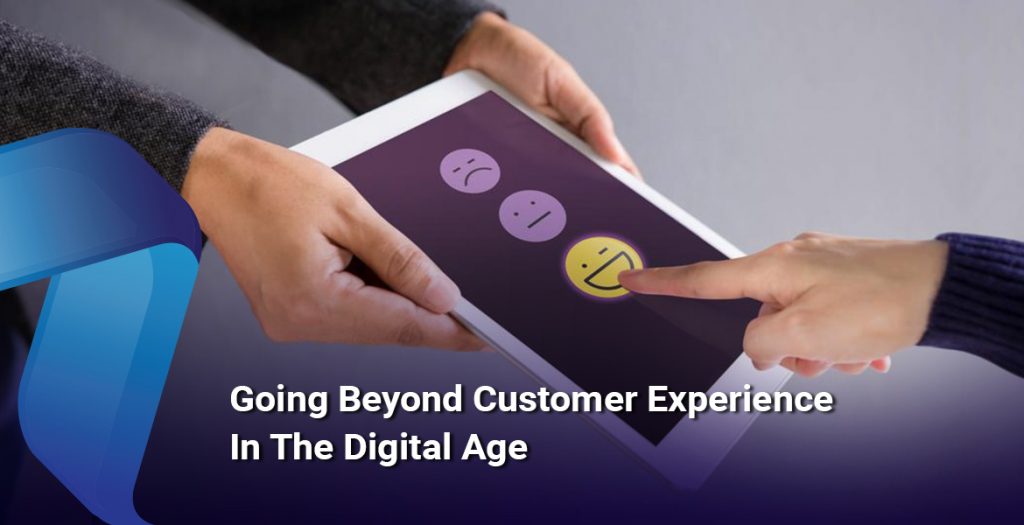In the traditional world, customer experience (CX) was all about routine sales and marketing touchpoints through the consumer lifecycle and included – responsive store clerks in stores and simple apps and websites. When planned well, investments in CX ensured customer retention and acquisition, along with higher sales and loyalty.
Customer Experience Looks Much Different Now
Our world is evolving. So are the means of engaging with brands and customer experience. While enterprises were digitizing their processes, eventually impacting the way we live, shop, work, and play, the pandemic has upturned things even more. As a result, several consumer behavioral changes that we witness today will stay with us for a long time.
Noticeable Trends in Consumer Behavior
Nowadays, customers interact with your business through several channels, such as website, phone, mobile, social media, live chat, in-store – the list is non-exhaustive. As a result, businesses need to ensure that each channel delivers excellent CX and maintains a consistent persona throughout.
Just like the way you aim to deliver a consistent quality of service at all times, businesses will also need to work on their social media deliveries. For instance, if your communication emails are sharp and classy, you cannot have mediocre Facebook posts or ponderous non-native live chat support. It just doesn’t add up and thaws the trust between you and your customer.
Brands must remember that each interaction their customers have with them triggers emotion. These feelings – good, bad, happy, or sad, that people experience are affiliated with that brand. Consequently, these emotions can empower your customer to ask an important question: To buy or not to buy? To keep or return?
Brands that aim to grow customers, strengthen customer loyalty, increase customer engagement, and propel growth need to deliver exceptional customer experiences. With the brand reputation and customer loyalty at stake, brands need to realize that great CX meets customer expectations and elicits positive emotions.
With customer expectations higher than ever, the changing buyer consumption pattern over the years has revealed that they are happy to pay more for the same product, albeit with better service. Now, brand loyalty is profoundly about the brand, not just the product. Customers want to be appreciated and looked after across the customer journey, and it is an outstanding customer experience that makes that happen.
Who Drives Customer Experience Strategies?
Improving customer experience is the responsibility of each department. Here’s a glance at how each business function views the CX strategy.
For the CEO, the priority could be maximizing profits, whereas the Marketing team strives to build things that people want. Focusing on selling the product is the objective of the Sales team, while the Product development is responsible for developing products based on market research. Also, the crucial Supply chain focuses on moving products and goods to consumers as smoothly as possible.
To compete and stay relevant in today’s ever-advancing world, customer experience strategies need to be a top priority for each department and function involved with the business. Everyone needs to shift their thinking about the experience – from the CEO to every C-level personnel engaged in front and back-office functions. In addition, the core value of your organization must be unified, with each member being 100% customer-oriented.
The Future Of Customer Experience
Big data enables marketers to offer more polished CX than ever before, with the tools and algorithms involved only getting more robust.
The chatbot is another technological element of recent customer experience. There is an optimistic intuition that chatbots will play a valuable role in the customer service hierarchy by improving processes. They may not replace the human operators (not just yet), but they can successfully serve high-volume, low-complexity duties.
We can presume that technology will enable us to obtain now an inconceivable understanding of the lives, likes, dislikes, and emotions of potential customers. The key is to humanize the customer experience. Empathetic and simple interactions are the key factors to gaining customer loyalty and standing out amidst the competition.













